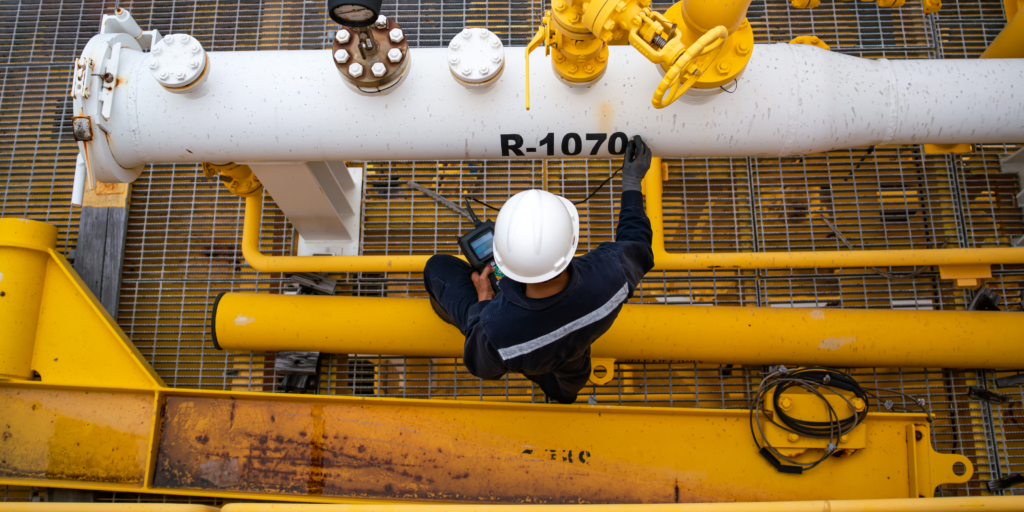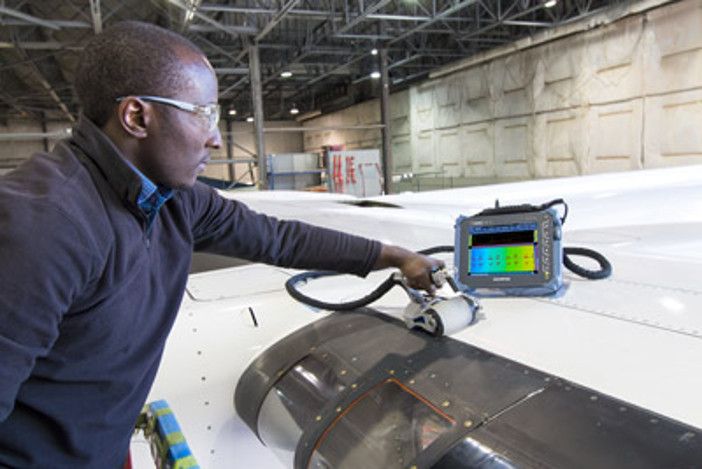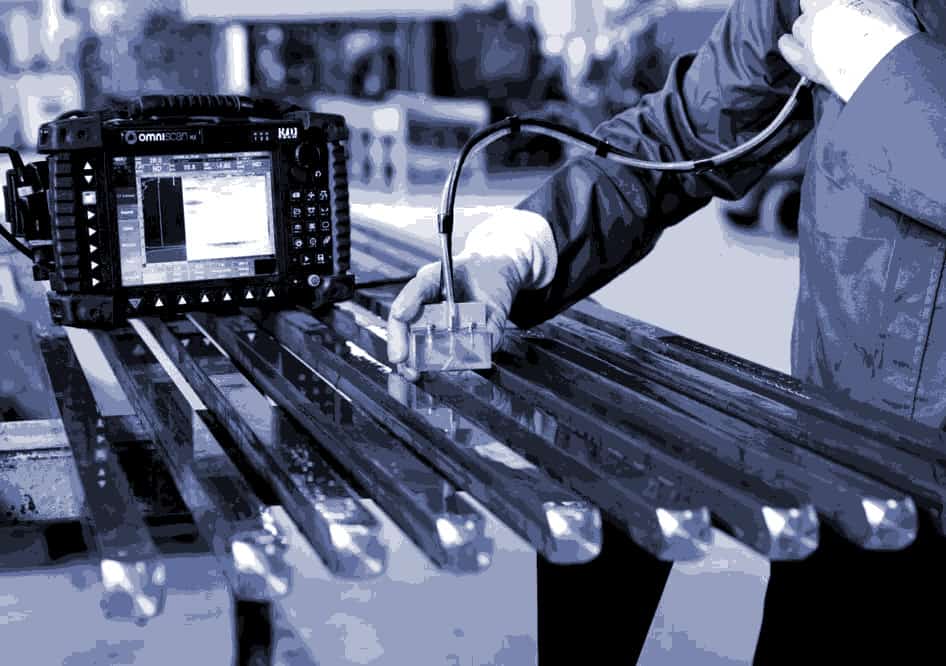The world of 3D scanning is rapidly evolving, with groundbreaking technologies emerging each year. However, one of the significant challenges faced by professionals in the industry is dealing with synchronization challenges in 3D scanning. These challenges can affect the precision and reliability of the scans, ultimately impacting the quality of the output.
Understanding and addressing these synchronization challenges is crucial for Industry QA Professionals who strive for accuracy and efficiency in their work. Synchronization issues can arise due to the complexity of coordinating multiple devices and sensors in a 3D scanning setup. Without proper synchronization, the data collected can be misaligned, leading to errors and inefficiencies.

Why Synchronization Matters in 3D Scanning
Synchronization ensures that all components of the 3D scanning system operate in harmony. It is essential for capturing high-quality data and achieving accurate 3D models. Without it, even the most advanced scanning systems can produce flawed results. The role of synchronization is akin to the role of a conductor in an orchestra, ensuring that each instrument plays its part at the right time.
Common Synchronization Issues
Several issues can arise from poor synchronization in 3D scanning:
- Timing Errors: These occur when there is a delay between the different components of the scanning system.
- Data Misalignment: When data from different sensors do not align correctly, it can result in inaccurate models.
- Latency Problems: High latency can lead to delays in data processing, affecting real-time scanning applications.
Addressing Synchronization Challenges
To overcome synchronization challenges, professionals can implement the following strategies:
1. Use of Advanced Synchronization Tools
Utilizing tools designed to synchronize multiple devices can significantly reduce timing errors and data misalignment. These tools ensure that all components of the scanning system are in sync, leading to more accurate results.
2. Regular Calibration
Regular calibration of the scanning equipment is essential. Calibration helps in aligning the sensors and other components, minimizing the risk of synchronization issues. Learn more about synchronization during calibration.
3. Implementing Predictive Maintenance
Predictive maintenance involves monitoring equipment for signs of wear and tear and addressing them before they lead to failures. This proactive approach helps maintain the synchronization of the 3D scanning systems. Understand the role of frequency in predictive maintenance.
Impact of Synchronization on Scanning Accuracy
The accuracy of 3D scanning is heavily dependent on synchronization. Accurate synchronization leads to precise data capture, which is crucial for creating detailed and reliable 3D models. It also helps in reducing errors and improving the overall efficiency of the scanning process.
Optimal Frequency for Synchronization
Determining the optimal frequency for synchronization is vital. The frequency should be set in such a way that it accommodates the specific needs of the scanning application while minimizing the risk of errors.
Technological Advancements in Synchronization
Technological advancements have led to the development of sophisticated synchronization systems that integrate seamlessly with 3D scanning technology. These systems offer enhanced capabilities, allowing for more precise synchronization and improved scanning results.
Emerging Solutions
Several new solutions are emerging in the field of synchronization. From AI-driven synchronization systems to advanced software solutions, these innovations are paving the way for more reliable and accurate 3D scanning.
Conclusion
The challenges of synchronization in 3D scanning are numerous, but with the right tools and strategies, they can be effectively managed. By addressing these challenges, Industry QA Professionals can enhance the accuracy and reliability of their 3D scans, leading to better quality outcomes and increased efficiency.

FAQs
What are synchronization challenges in 3D scanning?
Synchronization challenges in 3D scanning refer to the difficulties in coordinating the various components of a scanning system to work in harmony, which is crucial for accurate data capture.
How can synchronization improve scanning accuracy?
By ensuring that all components of the 3D scanning system are in sync, synchronization minimizes errors and misalignments, leading to more accurate and reliable scans.
What tools can help with synchronization?
Advanced synchronization tools and regular calibration are essential in managing synchronization challenges. These tools help ensure that all components of the scanning system operate in harmony.
This article contains affiliate links. We may earn a commission at no extra cost to you.
